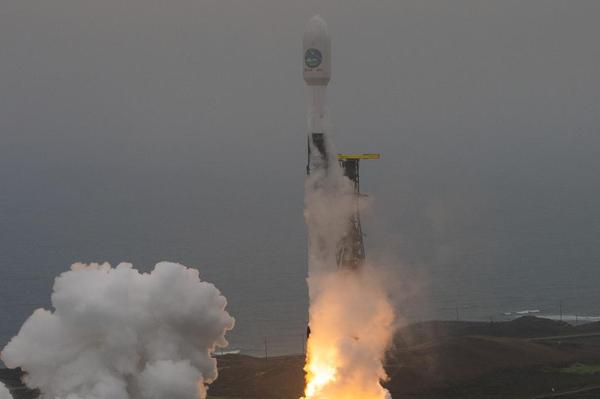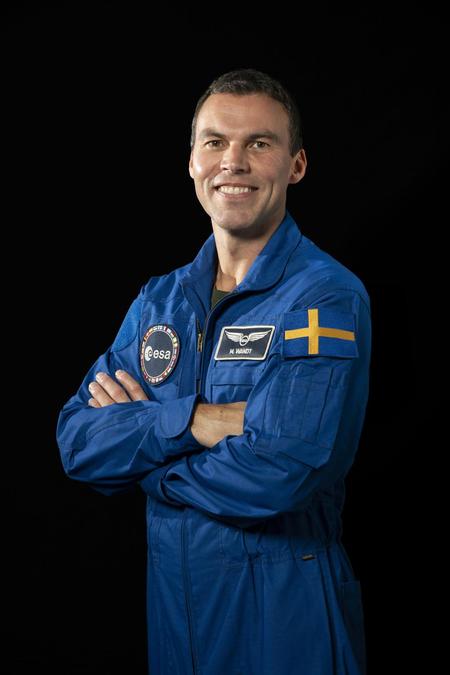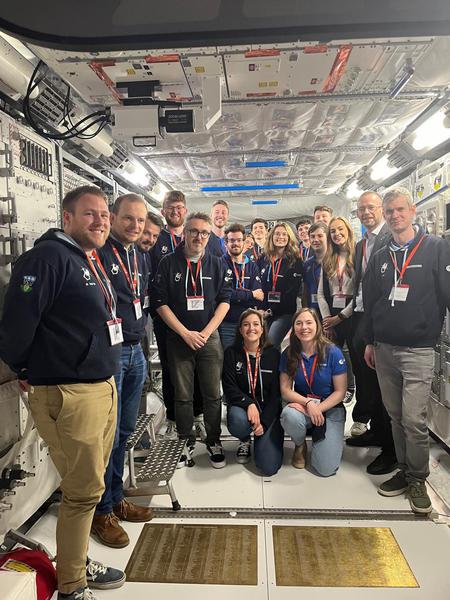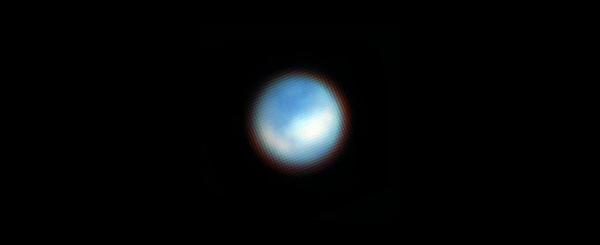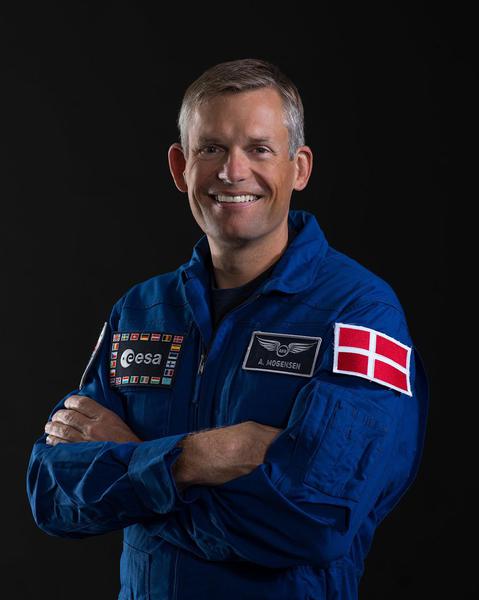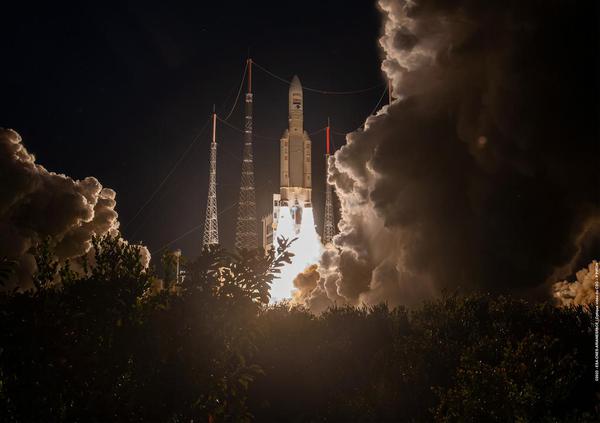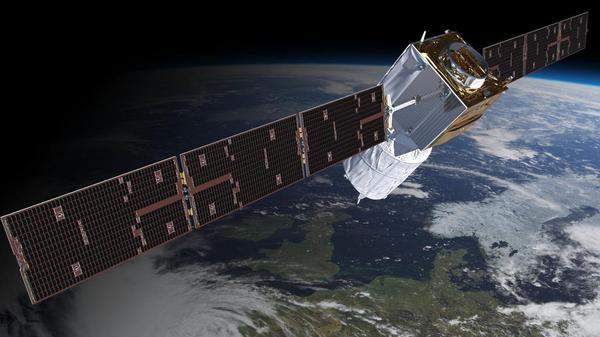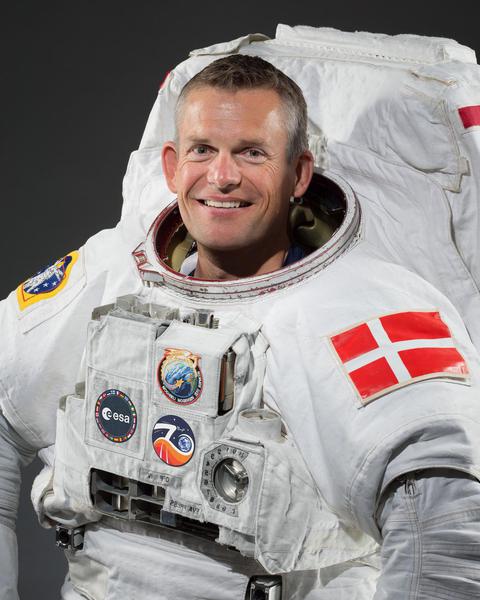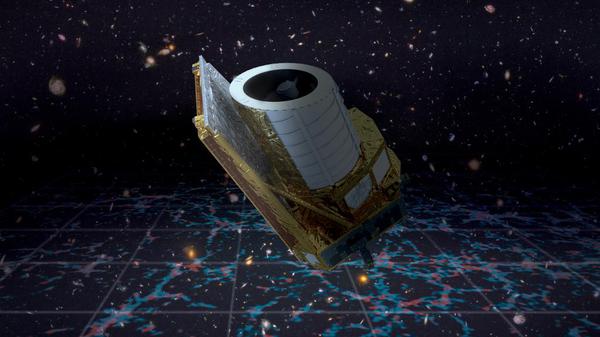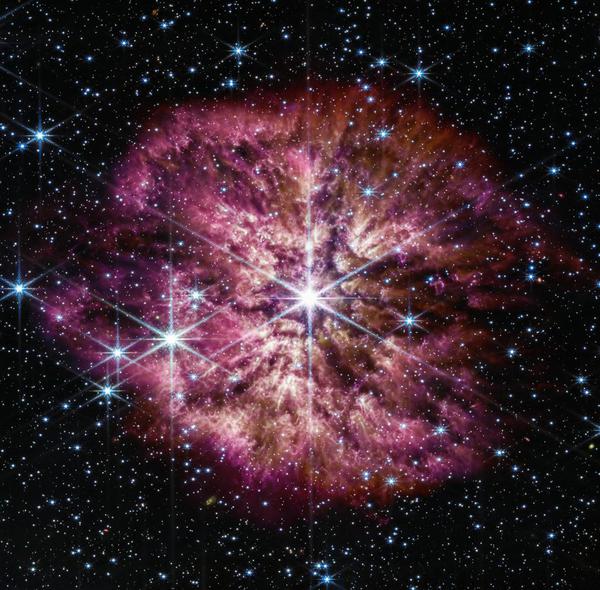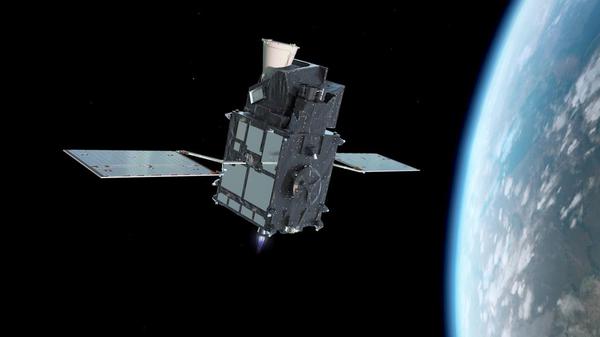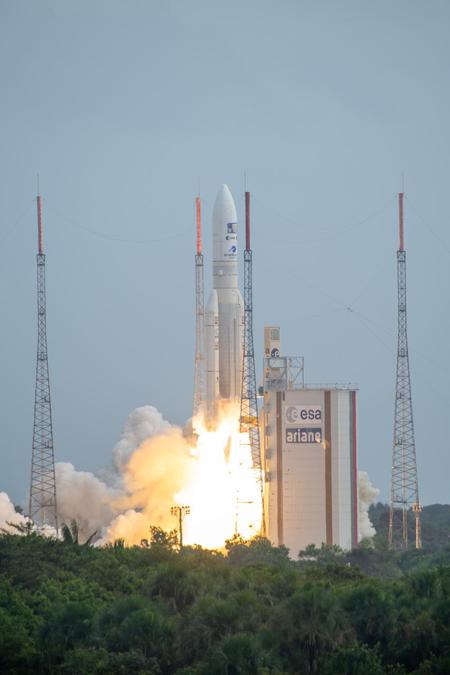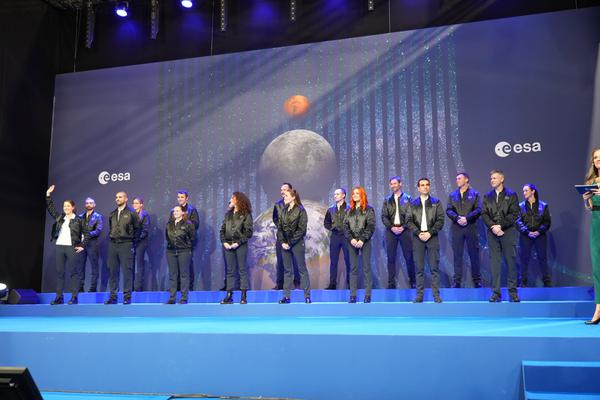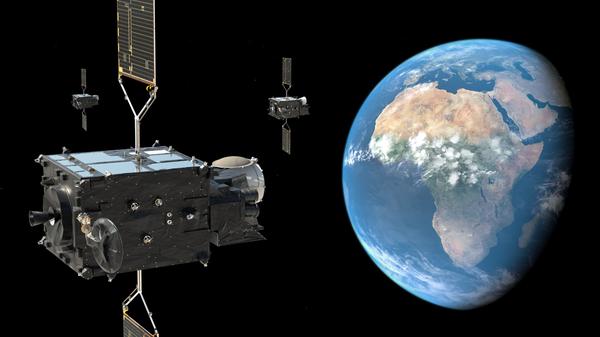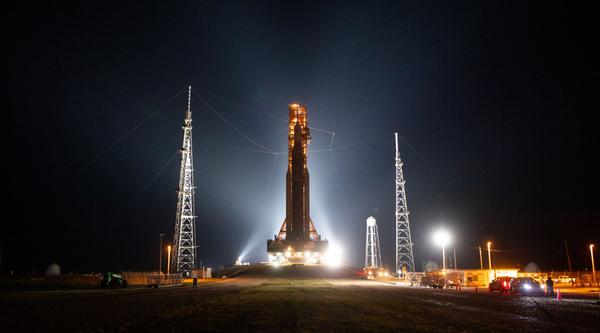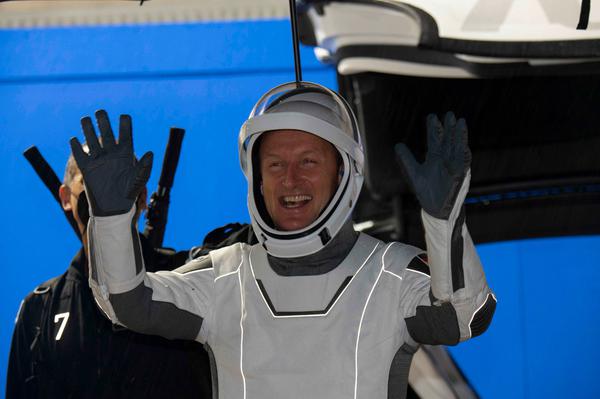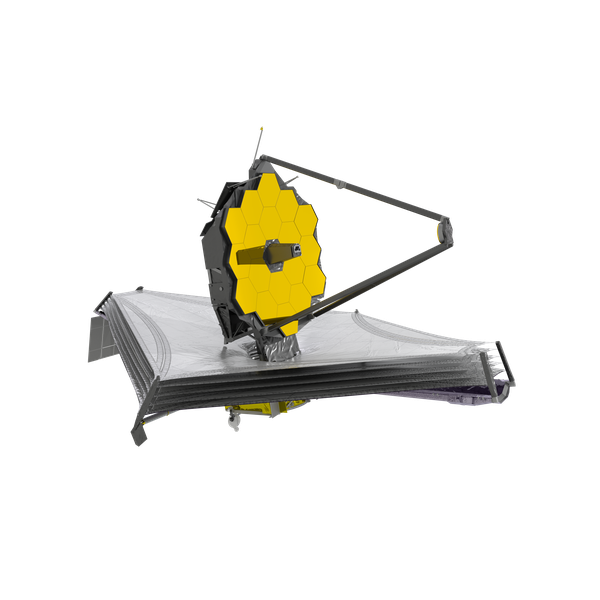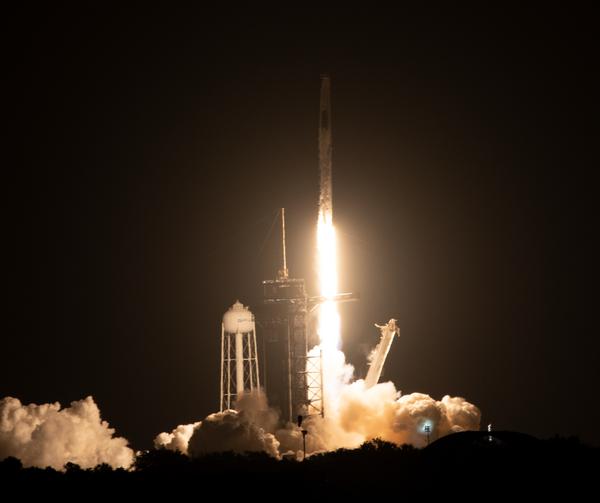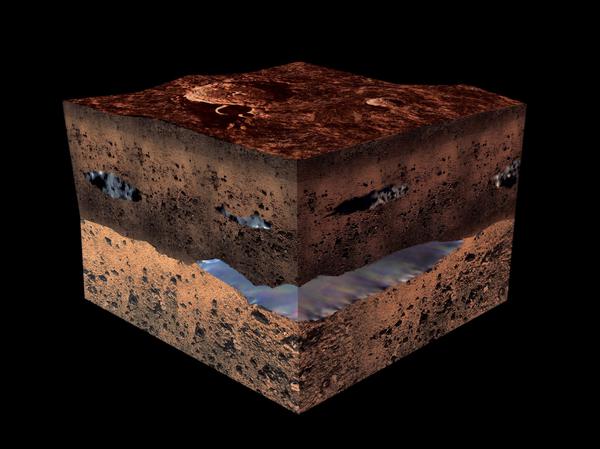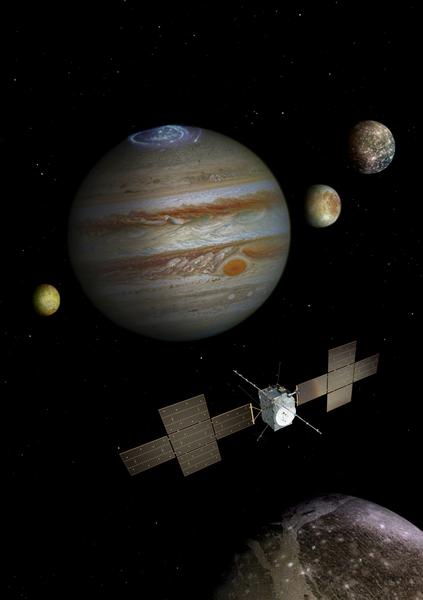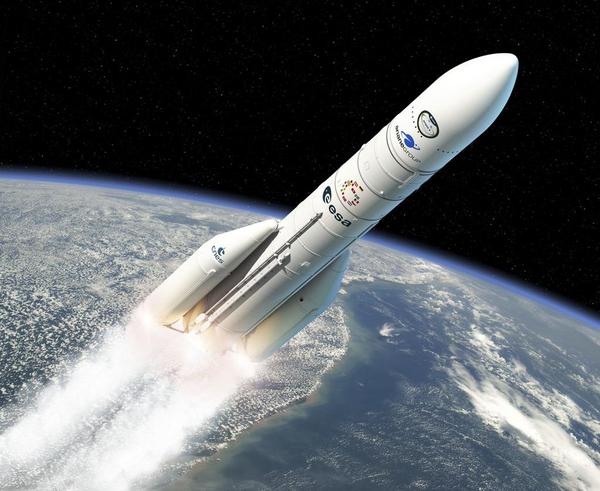
Introducing Ariane 6, ESA’s powerful new rocket
Three… two… one… lift-off! Rockets are very important as they are the only means we have of transporting things like satellites from Earth to space. Although we have been using rockets for decades, the science and technology of them continues to improve, and now ESA has a new type of rocket: the Ariane 6!
Ariane 6 rockets are complex pieces of technology, standing at over 60 metres tall – the height of about 15.5 elephants stacked on top of one another. The bottom part is called the main stage,
Ariane 6 rockets are complex pieces of technology, standing at over 60 metres tall – the height of about 15.5 elephants stacked on top of one another. The bottom part is called the main stage,

